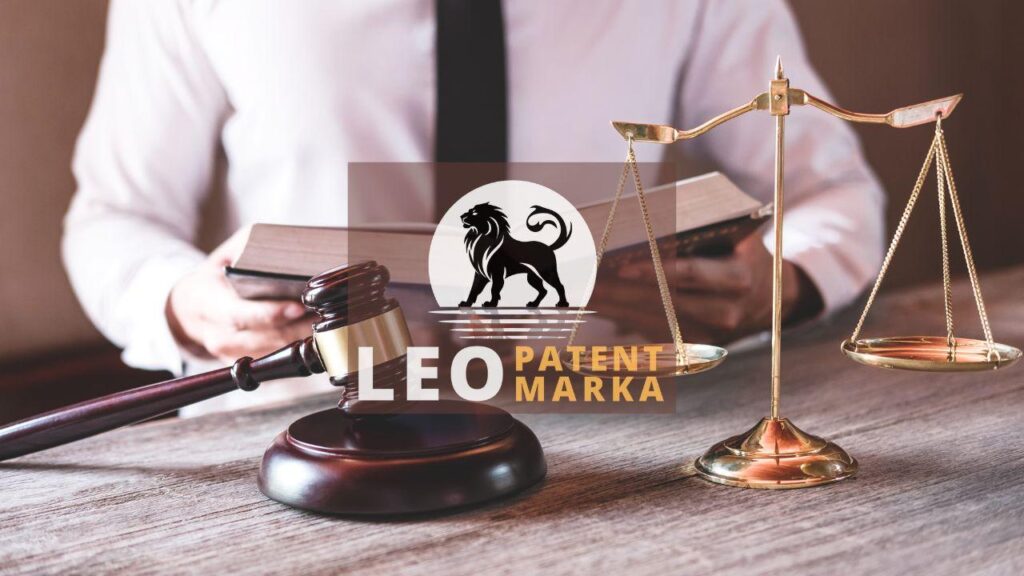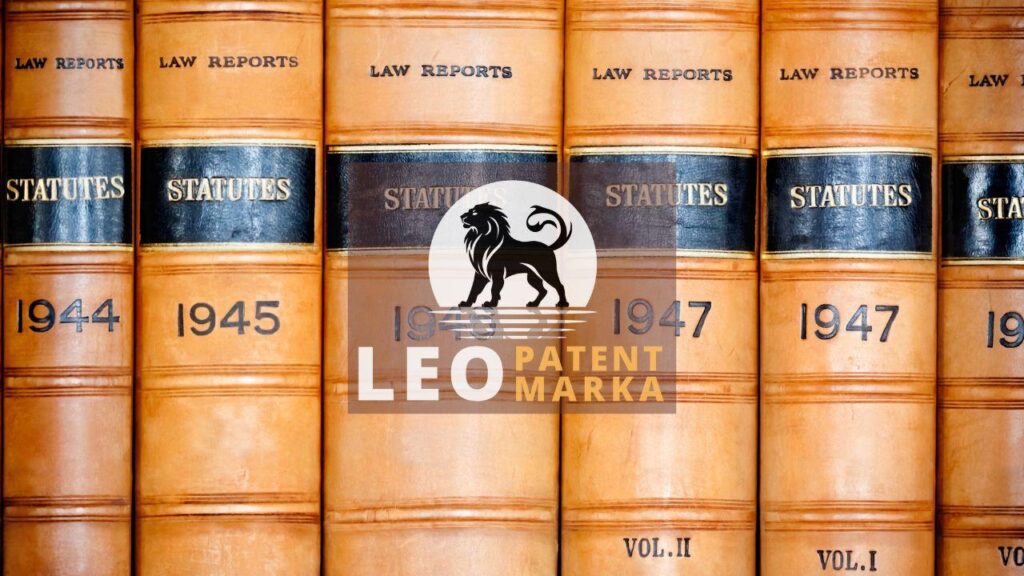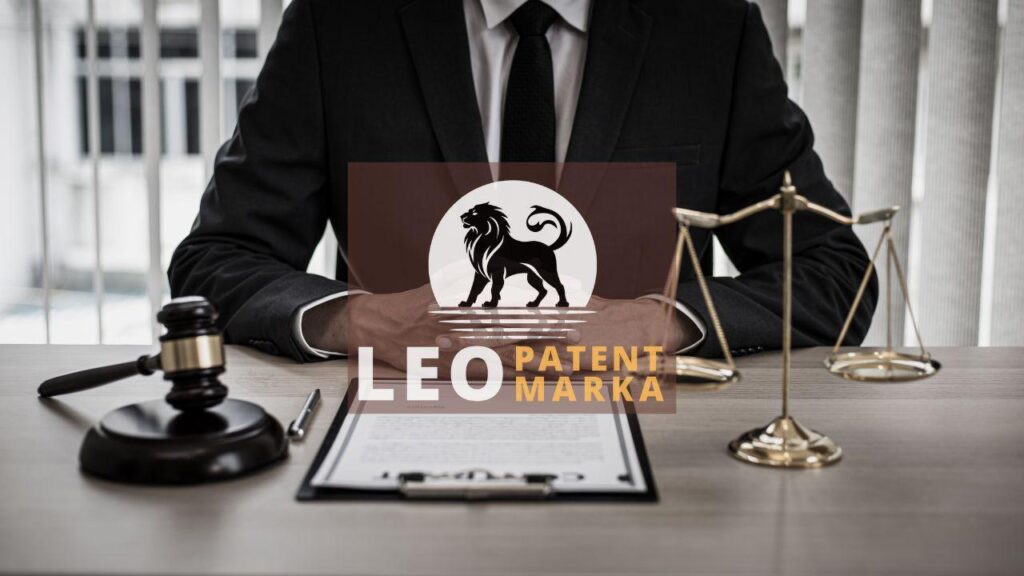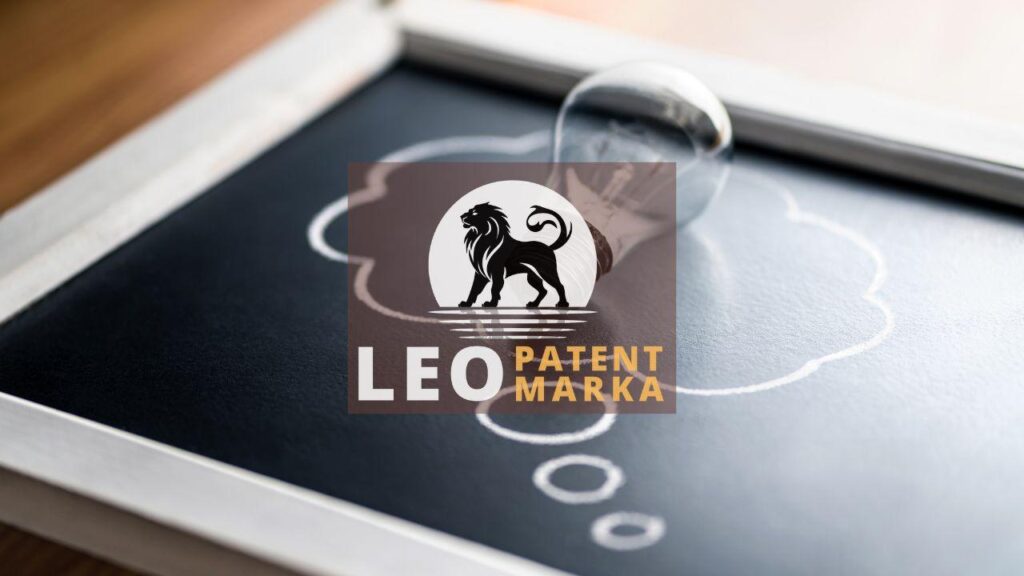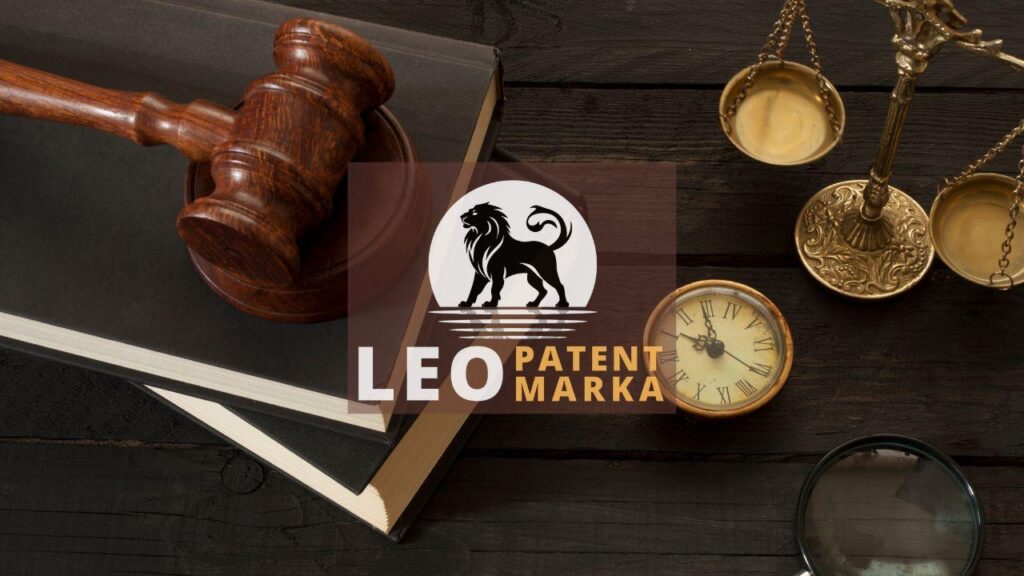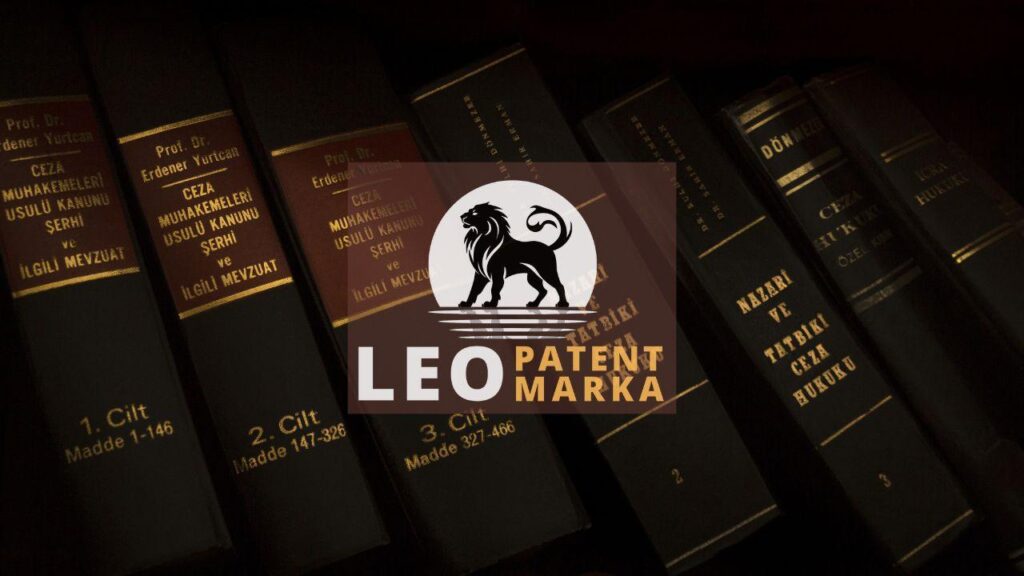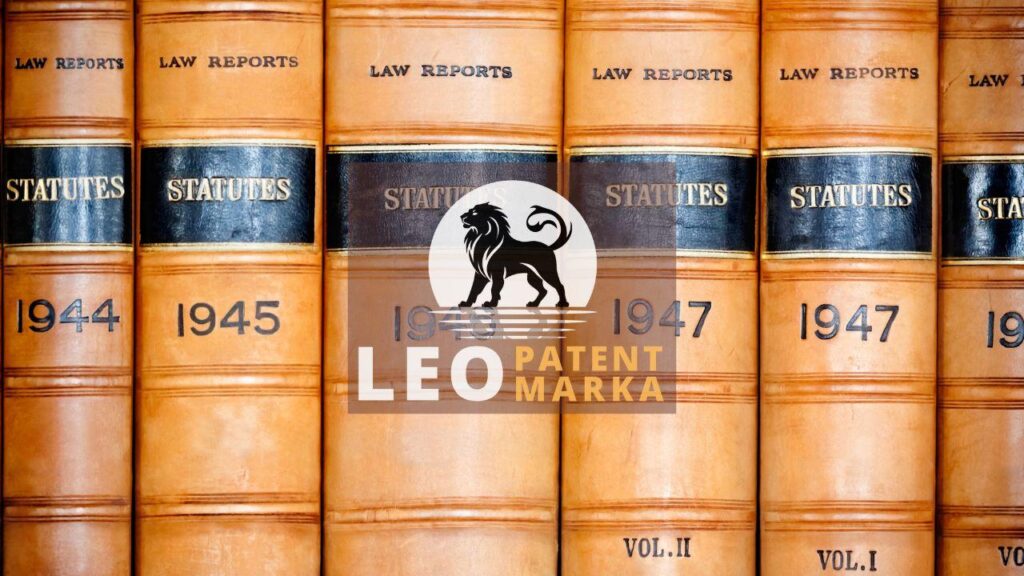Trademark licensing is like leasing your brand’s signature to others while keeping ownership. It opens doors for your brand to reach new audiences without direct involvement. So, what is trademark licensing, and how does it work? Simply put, it’s an agreement where you, the trademark owner, permit another party to use your brand’s mark. This arrangement flourishes if well-nurtured, offering advantages such as increased revenue and expanded brand recognition. Unlike the protective embrace of copyright, which guards original works, trademark licensing focuses on the symbol or phrase you’re known for. Delving deeper into the benefits of trademark licensing, consider how your brand can tap into new markets. A trademark licensing agreement, often detailed, lays the groundwork to ensure both parties are aligned. When exploring how trademark licensing works, think of it as planting seeds of opportunity for growth and collaboration. This strategy can elevate your brand’s presence significantly.
Understanding the Fundamentals of Trademark Licensing
Trademark licensing is, at its core, a business strategy that amplifies a brand’s reach by allowing others to harness its trademark under specific conditions. Understanding how trademark licensing works is vital for any brand aiming to broaden its influence without overextending internal resources. Imagine your brand as a lighthouse, guiding partners to new shores, while you remain pivotal. This arrangement is outlined through a trademark licensing agreement—a meticulous roadmap ensuring both you and the licensee understand your commitments. By grasping the benefits of trademark licensing, you can leverage this tool to not only enhance visibility but also drive revenue. It’s crucial to distinguish trademark licensing from trademark versus copyright discussions; while copyright protects creative works, trademark licensing revolves around shared use of your brand signifier. Essentially, it’s about aligning with partners who respect and elevate your trademark’s value.
Trademark licensing is more than just a legal arrangement; it’s a bridge to innovation and revenue. To grasp how trademark licensing works, picture a well-organized concert where different players come together to create harmony. The trademark licensing agreement acts as the conductor, ensuring everyone knows their part. This agreement must clarify usage rights, territories, and financial terms—areas where details matter to safeguard both participants’ interests. Recognizing the benefits of trademark licensing means acknowledging its potential to boost your brand’s market reach. It’s a smart way to tap into new segments without bearing the entire burden. Distinguishing trademark licensing from trademark vs copyright is essential, as these two are not interchangeable. While copyright safeguards artistic creations, a trademark licensing agreement is the key to synergizing with others under your branding canopy. This thoughtful alignment with partners can significantly elevate your brand’s stature on the business stage.
To truly understand the fundamentals of trademark licensing, think of it as crafting a partnership that benefits all involved. It’s important to know how trademark licensing works, ensuring that each agreement is clear and concise. Picture it as a dance where both parties move in sync, guided by the terms set forth in the trademark licensing agreement. This includes detailed aspects such as rights, territories, and royalties. Understanding these elements helps you appreciate the multifaceted benefits of trademark licensing. It allows brands to shine brighter in new markets without spreading themselves thin. When considering trademark vs copyright, it’s key to realize that each serves distinct purposes—one for identifying your brand, the other for protecting creative output. Drawing a line between them helps maintain clarity. With trademark licensing, it’s about creating a constellation of opportunities that glimmers with shared success.
Key Benefits of Engaging in Trademark Licensing
Trademark licensing brings a treasure trove of opportunities for your brand. Imagine accelerating growth through partnerships that propel your mark into new markets. One key benefit is a boost in revenue; as your licensed products soar, so does your income. This isn’t just theory—many brands have found fortune by sharing their trademark. With the right trademark licensing agreement, you maintain control while gaining exposure. Moreover, this process can enhance brand reputation and cultivate credibility. As your brand collaborates with trusted names, it builds a loyal customer base. Understanding how trademark licensing works can lead to more strategic decisions, sidestepping the pitfalls often seen in trademark vs copyright confusion. Ultimately, trademark licensing is your blueprint to expanding horizons without a hitch, making it a golden ticket to brand evolution.
Engaging in trademark licensing brings multiple key benefits that can skyrocket your brand’s reach. First and foremost, think of it as a passport to new territories—granting your brand access to markets once considered out of reach. By embracing the benefits of trademark licensing, a business can enjoy incremental revenue derived from royalty streams. This often leads to a tidal wave of opportunities, like building synergies with powerful allies in various sectors. Additionally, it’s a protective armor against trademark vs copyright battles, providing clarity on your brand’s unique identity. Crafting a sound trademark licensing agreement helps cement this partnership, ensuring alignment and mutual growth. As you explore how trademark licensing works, focus on its potential to amplify recognition. This collaboration often results in diversified offerings, allowing customers to engage with your brand differently. Remember, trademark licensing isn’t just an opportunity—it’s a catalyst for sustained success.
Unlocking the benefits of trademark licensing is like finding a key to treasure chests hidden in various markets. One of the crucial rewards is risk mitigation, shielding your brand from challenges often encountered in trademark vs copyright conflicts. By entering into a trademark licensing agreement, you create pathways for brand consistency while safeguarding identity. This strategy not only fortifies your market position but also nurtures customer loyalty. Moreover, by understanding how trademark licensing works, you set the stage for continuous growth and innovation. Brands that understand the benefits of trademark licensing often see their logos as footprints that reach further, leaving an indelible mark on consumer trends. This form of collaboration becomes a whispered secret of industry leaders who recognize its power to blend creativity and strategy seamlessly. Think of it as equipping your brand with wings, letting it soar to greater heights without losing sight of its origins.
Navigating the Legal Landscape of Trademark Licensing
Stepping into the world of trademark licensing requires a clear understanding of its legal framework. It’s akin to mapping a new territory where diligence is crucial. Unlike trademark vs copyright, trademark licensing deals primarily with the identity markers of your brand. A well-drafted trademark licensing agreement outlines the terms, rights, and obligations both parties must uphold. Missteps here can lead to costly disputes or dilution of brand integrity. This path of how trademark licensing works demands attention to detail and precise language. From ensuring proper quality control measures to designating the scope of use, every aspect must be carefully reviewed. The benefits of trademark licensing are manifold, but they come with the responsibility of maintaining the essence of your brand while others utilize its strength. Each clause within the agreement becomes a building block, structuring the future relationship. It’s a journey of growth paired with careful safeguarding of brand value.
Trademark licensing sits at the crossroads of creativity and legality, demanding a precise approach. You’ll need a roadmap to guide you through this demanding landscape. First stop: understanding the trademark vs copyright differences. Copyrights protect your creations, but trademarks safeguard your brand identity. When drafting a trademark licensing agreement, brace yourself for a legal marathon. Precision here is essential to avoid pitfalls. The benefits of trademark licensing multiply with clarity and foresight. Each clause, like stepping stones, must exactly fit the intended path with exacting detail. Delve into quality control stipulations, geographical restrictions, and financial terms. Each element ensures your mark remains pristine, even in others’ hands. How trademark licensing works often hinges on these meticulous details. A poorly navigated legal framework can tarnish your brand’s reputation or dilute its strength, making thorough comprehension and execution of the agreement paramount for sustained success.
Trademark licensing requires more than a surface-level glance at the legalities. It’s a strategic dance, balancing creativity and rigorous legal oversight. Embarking on this journey means knowing how trademark licensing works and understanding the importance of a detailed trademark licensing agreement. While the benefits of trademark licensing are promising, being unprepared can lead to riskier exposure. The trademark vs copyright distinction needs to be crystal clear to protect your brand’s assets. Engaging with experts familiar with trademark licensing aids in navigating this complex terrain. Their insights ensure your agreements feature rock-solid clauses and polished stipulations, safeguarding brand integrity. Questions will arise—like how to enforce proper usage, secure territorial rights, or handle financial splits. Addressing these intricacies requires foresight and comprehension. With the correct approach, your trademark licensing endeavor becomes a symphony of legal precision and creative innovation, harmonizing growth with meticulous protection.
Disclaimer: This article is for general information purposes only and it is recommended that you consult experts and companies in that field to evaluate your specific situation. We are not responsible for any damage that may arise from the use of the information in this article.

